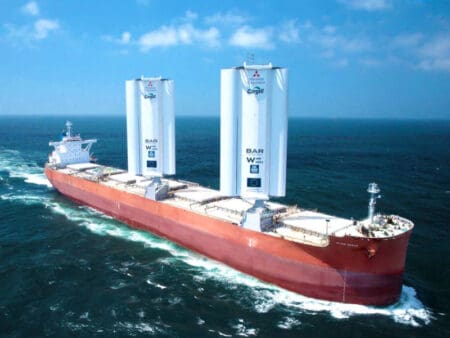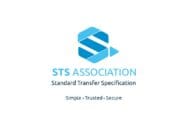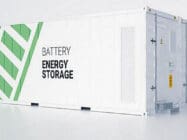
Superfast charging LFP batteries for EVs, improving Bitcoin mining efficiency and a maiden voyage with ‘Windwings’ are on the week’s technology radar.
Superfast charging LFP batteries for EVs
A 10 minute charge providing a driving range of 400km and a full charge delivering 700km?
That would satisfy most EV drivers and eliminate range anxiety – and it is claimed to be coming with Chinese battery manufacturing company CATL’s new lithium iron phosphate (LFP) battery named ‘Shenxing’.
CATL reports leveraging the super-electronic network cathode technology and fully nano-crystallized LFP cathode material to create a super-electronic network, which facilitates the extraction of lithium ions and the rapid response to charging signals.
Have you read?
Bitcoin ‘green’ certification launched
European Commission passes circular economy battery regulation
Its latest second-generation fast ion ring technology is used to modify the properties of graphite surface, which increases intercalation channels and shortens the intercalation distance for lithium ions, creating an expressway for current conduction.
A new superconducting electrolyte formula, which effectively reduces the viscosity of the electrolyte, resulting in improved conductivity, also has been developed.
Other improvements include reduced resistance of lithium-ion movement, while cell temperature control technology ensures that cells heat up to the optimal operating temperature range rapidly, allowing a 0-80% charge in just 30 minutes in temperature as low as -10°C.
CATL anticipates that mass production of Shenxing will be achieved before year-end and the first vehicles with the battery will be available on the market in the first quarter of next year.
Improving Bitcoin mining efficiency
With Bitcoin mining notoriously energy intensive and miners rushing to adopt greener and more sustainable operations, another alternative, which is being pursued by the London-based Quantum Blockchain Technologies, is to improve the efficiency of the mining itself and thus in turn its energy consumption.
The company’s ‘Method A’, unlike the standard approach of running as many hashes as possible within the available period, decides at the beginning of each block hashing whether to hash using a traditional search or a spaced confined search, with testing demonstrating an approximately 10% in mining speed.
But its ‘Method B’, for which a patent application was recently filed, is even more efficient, based on partial pre-computation on upcoming blocks prior to the current one being closed and guiding the search by deciding where the most promising winning hashes are likely to be found.
With this approach, the number of logic gates on the chip is reduced and the processing of a large number of hashes is avoided to obtain the results in less time.
In this case, there should be a 2.6x improvement in the ability to find a winning hash, compared to standard search, while saving up to 4.3% of energy.
However, its implementation requires a new architecture and the design of a new mining chip.
Setting sail with ‘Windwings’
Mitsubishi Corporation’s ‘Pyxis Ocean’, a 229m long bulk carrier vessel on charter to the global food giant Cargill, has become the first to be fitted with a novel wind propulsion system that could be key for the decarbonisation of shipping.
The two ‘Windwings’, which were designed by BAR Technologies in the EU Horizon 2020 supported initiative, are large wing sails measuring up to 37,5m in height with a 10m wide central component and front and rear 5m wide flaps that can be fitted to the deck of cargo ships, both new and as a retrofit, to harness the power of the wind.
The windwings can rotate and also pivot, right down to deck level, to allow for the differing wind angles and speeds.
With this wind assist, the windwings are expected to deliver average fuel savings of up to 30%.
The ‘Pyxis Ocean’ is currently on its maiden voyage with the windwings from Shanghai, where they were fitted, to Paranagua in Brazil with their performance being closely monitored to further improve their design and operation.
Hundreds of wings are planned to be built over the next few years and BAR Technologies is also researching new builds with improved hydrodynamic hull forms.








